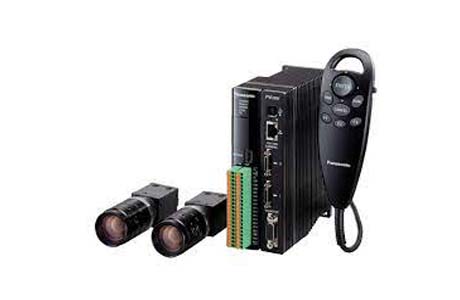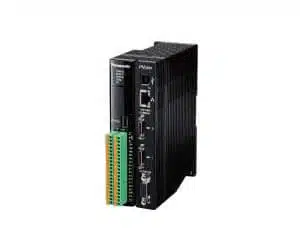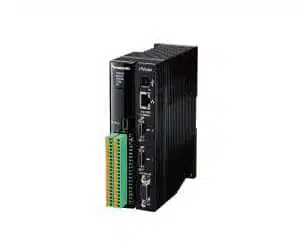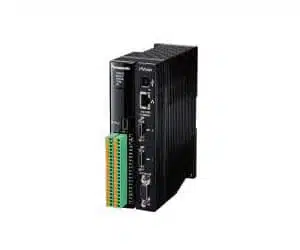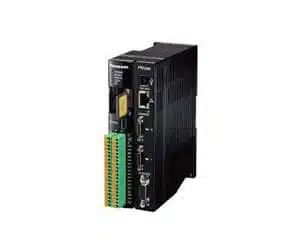Panasonic Vision System: PV260, PV240, PV230, PV200
Searching for a Panasonic vision system? IndMALL provides top-notch Panasonic solutions for alignment, OCR, and 1D/2D code reading. With us, robot setup is easy and affordable, often beating prices of other Panasonic dealers and distributors. Choose us for quality and value.
Panasonic Vision Systems: PV260
With the Panasonic Vision Systems: PV260, register 3-4 coordinates to convert camera to robot coordinates. Features teaching support, direct communication, and automatic tool coordinate conversion
PV260 Series
Panasonic Vision Systems: PV240
With Panasonic Vision Systems: PV240, capture alignment marks for auto-calibration of camera coordinates. Supports different views, flexible attachment, and easy alignment accuracy checks.
PV240 Series
Panasonic Vision Systems: PV230
Panasonic Vision Systems: PV230 offers optical printing checks and 1D/2D code reading. Compatible with 0.3M-4M pixel cameras, it reads 80 characters and verifies code results
PV230 Series
Panasonic Vision Systems: PV200
Panasonic Vision Systems: PV200 offers accurate image processing quickly. It’s an ideal machine with color/grey options and seven camera types, including a 4M grey camera
PV200 Series
People Also Ask
How does vision system work?
A vision system helps machines “see” and understand.
Vision systems use cameras to capture images. These images are then sent to a computer. The computer processes these images using special software. This software can identify shapes, colors, and patterns.
For example, in factories, vision systems check products. They ensure products are made correctly. If a product is wrong, the system alerts workers.
In summary, vision systems help machines recognize and analyze objects. They play a big role in quality control and automation.
What is an example of a vision system?
A vision system is like a robot’s eye.
One example is in manufacturing factories. Imagine a factory making toy cars. These cars have wheels, windows, and doors. A vision system checks these cars as they’re made.
The system uses a camera to take pictures. It looks at each toy car’s details. If a car is missing a wheel, the system notices. It can tell workers about the mistake.
Another example is in supermarkets. Vision systems help scan products at checkouts. They quickly identify and price items.
So, vision systems help in many places, ensuring things work right and efficiently.
What are the main components of a vision system?
A vision system is like a robot’s eye, made of several parts.
First, there’s a camera. This camera captures images, like how our eyes see things.
Next, there’s lighting. Proper light helps the camera see clearly and capture good images.
Then, there’s a lens. It focuses the image so that the camera can see details.
There’s also a processor. Think of it as the brain. It analyzes the image and makes decisions.
Finally, there’s software. It tells the processor what to look for in the image.
Together, these parts help the vision system work efficiently and accurately.
What are the 5 components of vision?
Vision is a complex process, but let’s simplify it. Here are 5 main components of vision:
First, there’s the cornea. It’s the clear front part of the eye.
Next, the lens helps focus light onto the retina.
The retina is like a camera sensor. It captures the light.
The optic nerve sends these light signals to the brain.
Finally, the brain processes these signals, letting us “see” images.
These five parts work together to give us the gift of sight.
Get the best-rated Panasonic Vision System at IndMALL Automation now

